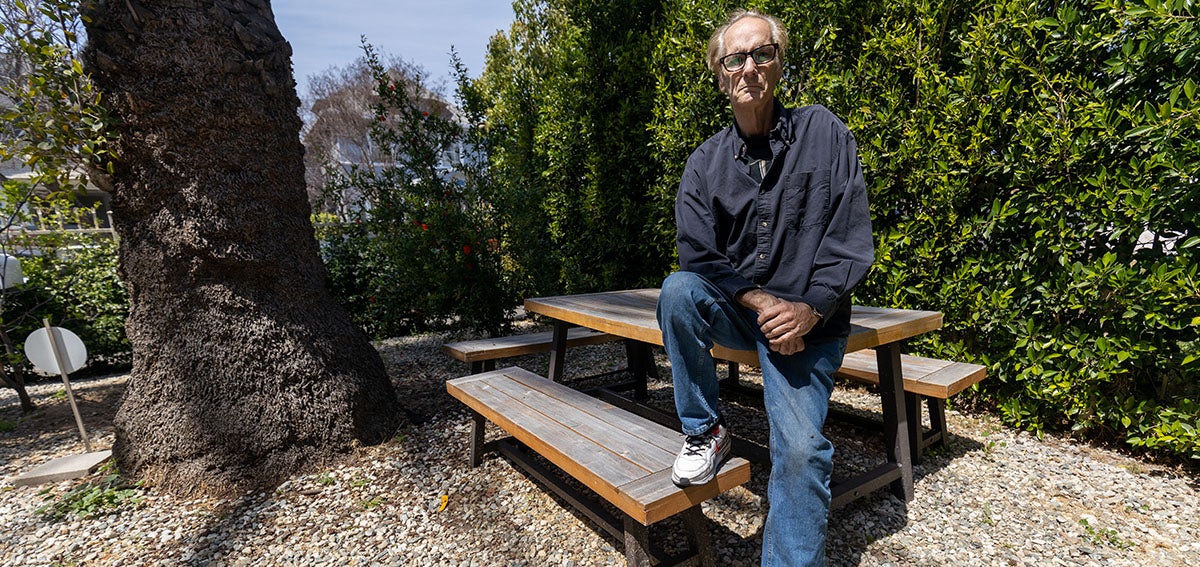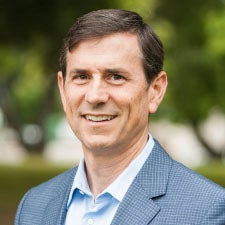
Update: In May, California Governor Gavin Newsom proposed a revision to his proposed budget that would enable federally qualified health centers (FQHCs) in California to be paid for phone visits at 65% of the established prospective payment system (PPS) rate. The Legislature’s budget proposes paying FQHCs at 100% of the established PPS rate until January 1, 2025, or until the FQHC participates in an alternative payment methodology.
Because of the barriers to care caused by the COVID-19 pandemic, Federally Qualified Health Centers (FQHCs) and other health care providers in California were granted unprecedented flexibility by federal and state policymakers to use telehealth to care for their patients. These changes have been instrumental in maintaining access to care over the past year and contributed to a steep reduction in patient no-show rates at FQHCs.
One person who benefited from these changes is Kevin Shoop, a patient at Northeast Valley Health Corporation’s Transition to Wellness Clinic in Los Angeles County. A few years ago, Shoop suffered a heart attack, and while hospitalized, was evicted and became homeless. He also was diagnosed with hypertension and COPD (chronic obstructive pulmonary disease).
Shoop faced many barriers to care, and those challenges were exacerbated when COVID-19 created new obstacles to in-person care. During the pandemic, however, Shoop has been able to receive care through telephone visits with his primary care provider, Dr. Derek Cheung.
Now Shoop, 64, doesn’t have to drive to the health center or wait for an in-person appointment to open up to see Cheung. “It’s much easier and convenient to have these phone visits,” he said. “Because being homeless means you don’t always have a schedule to follow.”
“My patients break [in-person] appointments for all sorts of reasons,” Cheung said. “Sometimes it’s work, they forget, they have a lack of transportation. A lot of people can’t afford internet, and they don’t have access to a data plan [for video visits]. By calling them, we can connect them to care.”
Watch Shoop’s full story here:
Millions of Patients May Lose Access to Phone Visits
In March, the California Department of Health Care Services (DHCS) released a proposed policy indicating that when the federal COVID-19 public health emergency ends, which is not expected until 2022, the state would continue to pay for video health care visits on par with in-person visits. But the same flexibility would not continue for visits by telephone.
This change would reduce access to care for millions of patients with low incomes who rely on health centers, including Shoop. In a research letter in the Journal of the American Medical Association, researchers showed that 40 FQHCs participating in the Connected Care Accelerator, a CHCF-funded initiative to rapidly expand telehealth in the safety net during the COVID-19 pandemic, were able to maintain access to care in the first six months of the pandemic in large part because of phone visits, which constituted almost half of all primary care visits and more than 60% of behavioral health visits.
The strong reliance on phone visits by FQHC patients is an indication that the barriers to care described by Shoop and Cheung are widespread. Phone visits offer distinct advantages to patients who lack devices, can’t afford broadband, lag in digital literacy, or have privacy concerns.
The phone appears to be an especially important access point for people of color. A 2020 CHCF/NORC survey of Californians found that 46% of people of color who had gotten care had done so via phone visit compared to 30% of White respondents. Among the people of color who participated in the survey, 64% said that they’d prefer a phone or video visit over an in-person visit in the future compared to 45% of White respondents. Among FQHCs participating in the Connected Care Accelerator, patients with limited English proficiency accounted for a smaller share of patients receiving care by video (16%) than those receiving care in-person (25%) or by phone (26%).
In a recent evaluation report about the Connected Care Accelerator, researchers from RAND and the Kaiser Permanente Center for Community Health and Evaluation stressed that ending phone visits in the near term would pull the rug out from under safety-net patients like Shoop who are less capable of switching to video visits. The researchers also called for further studies to explore both the potential downsides of phone visits and to identify the best use cases.
A Path Forward
The state needs to enact a blend of short- and long-term policies to preserve the valuable gains in access to care that Shoop and other patients experienced during the pandemic.
In the longer term, the state’s goal should be to modernize payment to FQHCs through an alternative payment methodology (APM). This means that instead of getting paid based on each in-person encounter, FQHCs would receive a fixed monthly amount per patient and be required to meet standards for health care quality and access. FQHCs should use this stable financing and increased flexibility to adopt a variety of care innovations, including providing care through phone, video, or in-person visits based on patient preferences and clinical needs.
The transition to an APM will take time. Under the most optimistic scenario, DHCS would launch an APM in 2023. Even then, some FQHCs may need more time to prepare. In addition, more work is needed to remove barriers to patients participating in video visits, including limited reliable access to the internet. The state needs to make much more progress on ensuring equitable access to broadband before phasing out payment for phone visits.
That’s why the state should extend prospective payment system reimbursement (the way FQHCs are usually paid) for phone visits. According to authors of a recent CHCF-funded report that examined several telehealth reimbursement options for states, this approach would be “an immediate, direct, and administratively straightforward mechanism to . . . expand access in the short term.” The report also identifies tools states can use to manage appropriate telehealth use, including phone visits, at FQHCs. The US Centers for Medicare & Medicaid Services might opt to allow states to develop a separate payment rate for phone visits, although that, too, would take time to develop and implement.
Phone visits have quickly become a popular way to access care that is especially appealing to Californians with low incomes and Californians of color — populations whose access to care consistently lags. With Governor Gavin Newsom making health equity a priority, it would be a setback if the state took away this important care option for Medi-Cal enrollees. Instead, we should build on what is working well during the pandemic to improve access to care, especially for those whose health needs have historically not been well served by the system.
Authors & Contributors

